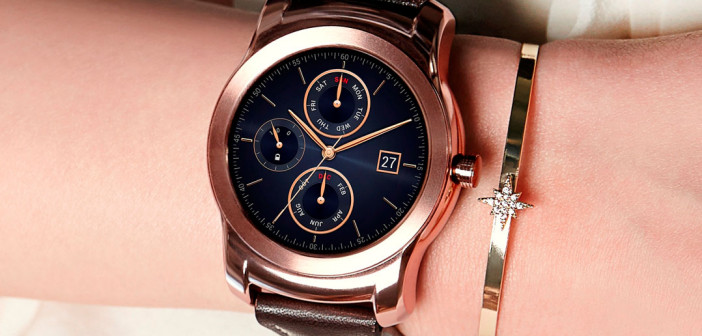Smaller, more efficient, and more accurate with the latest technology to make wearable tech thinner and better
LG Innotek, a global components and materials manufacturer, announced the development of an ultra slim optical bio sensor module with the world class level of performance,
The optical bio sensor module is mainly adopted wearable devices and smartphones to measure heart rates, stress indices, and oxygen saturation levels.
This newly developed module has lower power consumption and measures data with higher accuracy than the existing products. Users can receive more accurate biometric information with smaller devices.
The key to wearable technology is reducing the size of the device and minimizing power consumption, noted LG Innotek. No matter how excellent device’s feature is, if a wearable device is bulky and the battery wears out rapidly, it is difficult to popularise.
With a thickness of just 1mm (0.04inches), this module includes a photo diode (PD), five LEDs, and integrated circuit(IC). Thinner sensors allow wearable devices and smartphones to become thinner, said the company.
To minimise the thickness of the module, LG Innotek utilised its advanced embedded printed circuit board (PCB) technology. The technology embeds integrated circuits into the PCBs. Former modules were manufactured by mounting the IC on a PCB and then seating the photo diode on top of it. This approach has its limits when it comes to reducing the thickness.
The module consumes less power with ultra-slim thickness. The inside is gold plated to maximize luminance efficiency by minimising the amount of LED light that is absorbed. With this module, the strength of the biometric signals increases by about 30%, so it can use low power to accurately detect biometric signals. Battery consumption has been reduced by 20% compared to the existing module.
The accuracy of the measured information has also been improved. This new sensor module’s range of error for measured data is ±5 beats per minute (bpm) during exercise and even in stable conditions, it can measure data within an error range of ±2 bpm which is comparable to that of medical devices.
When the user measures their heart rates using a wearable device, the existing module’s range of error while exercising is ±8 bpm. If the user’s heart rate is actually 120 bpm, the heart rate readings measured by the wearable device will be between 112 and 128 bpm. This module increased its accuracy up to 115~125 bpm.
“The core part of Internet of Things (IoT) is the sensor that enables information sharing. We will develop high tech sensors and use them in automobiles, consumer electronics, wearable devices, and other things to lead the IoT industry,” said Changhwan Kim, executive director of the components and materials R&D Centre, LG Innotek.





